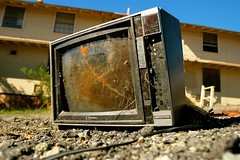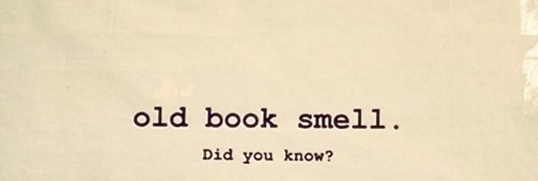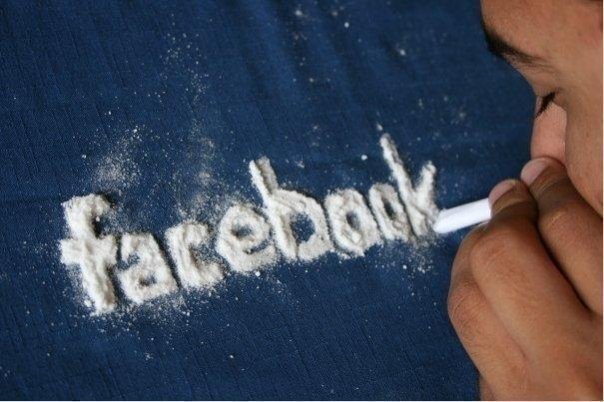
Imagine what the world of advertising or public relations would be like if TV disappeared tomorrow… You see, both of these industries (along with marketing and branding) use every medium available to them to get their message across.
Well, the internet is just another medium. But while it’s just another medium, it’s also distinct from other media (print, radio, TV, etc.) in two important respects.
First, the internet is the multi-medium. In a nutshell, it allows you to feature text, audio, images, and video (the mainstays of the other media) all on page.
Second, and more importantly, it’s the multi-direction medium. It allows message to be communicated from the top-down, from the bottom-up, and from peer-peer-peer. None of the other mainstream media (N.B. the internet is pretty f**king mainstream at this point) can do that.
What this means is that the internet is a social medium. It lets brands talk to consumers, consumers talk to brands, and consumers talk to other consumers.
And it’s always been this social. Some of the earliest instances of the internet were inherently social, from IRC to chat rooms to message boards, people have been talking to masses of other people online (with all that dialogue being archived) since the beginning.
It was quite a while ago that word-of-mouth started moving from being peer-to-peer to being peer-to-peers. It’s just that only recently did it reach a sufficiently critical mass that marketers finally started to notice and realize the potential of talking with consumers instead of at them.
The thing with the internet being a mainstream, multi-directional medium, though, is that suddenly what the ad-hack does affects the spin doctor affects the salesman, because it’s all online, it’s all logged, and it’s all accessible to everyone.
This means that marketers have to take great care to ensure that their message is consistent across all channels and across all disciplines. Because if your average customer experience doesn’t reflect the public perception of your brand being touted by your public relations and advertising campaigns respectively, that inconsistency isn’t only going to be glaring, but glaringly accessible, and you’re going to look like a hack.
So in the age of so-called social media, it’s paramount that marketing departments provide clear direction to their advertising and PR people. After all, if marketing begins when you decide to fill a demand, then it precedes any attempt to create a story through branding, tell it through advertising, or teach it to consumers through public relations.






You ask what it would be like if TV disappeared? I think in some ways it has to a certain extent. I think most households will always have a TV, but I have several friends who have no cable. They all have most of their media interaction with the internet.